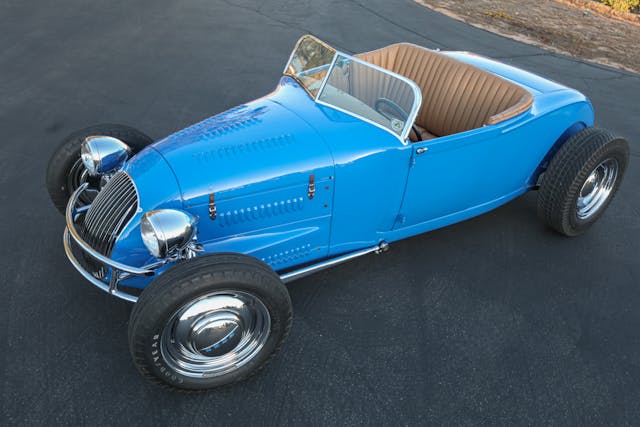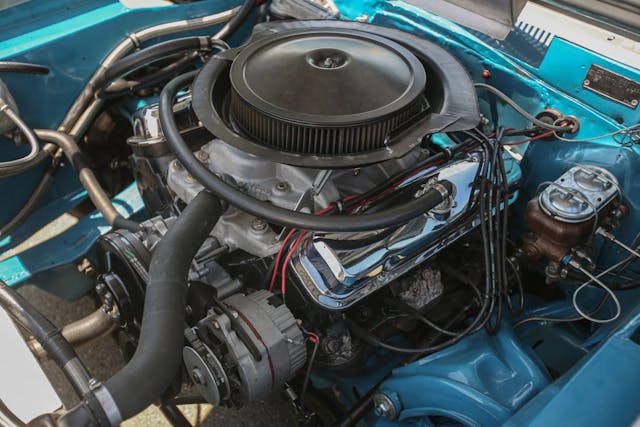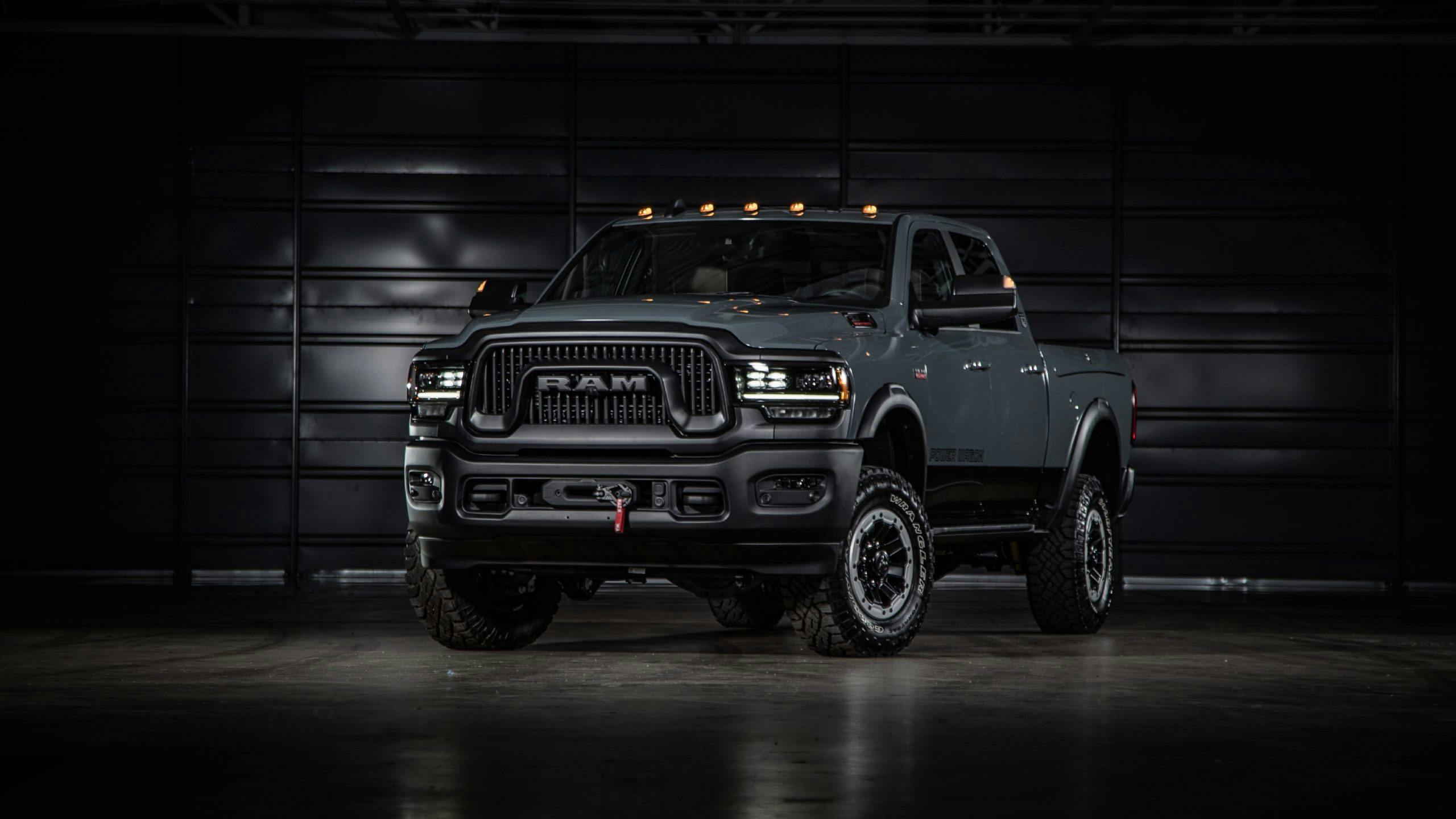4 car terms misused by almost everyone
Automotive enthusiasm has its own glossary. Many of the terms mean something different from one niche of the culture to another, but some have well-established definitions. Below are four of my biggest pet peeves in car nomenclature.
Some argue that because language is always changing, every word acquires a new meaning over time. That’s true, but only if we let them—and why fix what isn’t broken?

1. “Roadster”
The slow evolution of the term roadster is one that I’ll have to accept, but there’s a bar for entry—a point at which a car is simply not a roadster.
A century ago, “roadster” meant a two-seat, topless car with minimal weather protection. A Ford Model A roadster doesn’t have glass side windows, while a Model A cabriolet does. By the 1950s, the word’s meaning had been nudged a little—European sports cars with fabric side curtains and tops were still called roadsters, because their weather gear didn’t do much.
Later, the term evolved into a way to differentiate between sporty, two-seat convertibles and larger, more luxurious four-seat convertibles. That makes for a blurry line, of course. The Porsche 718 Boxster is a roadster, a 5000-pound, four-seat Bentley Continental GTC is not, and there’s plenty of room between the two for debate.
The upcoming Tesla Roadster, with its four seats and its fixed rear roof, is not a roadster by any definition, past or present. What’s so bad about admitting that a car is a targa-top?

2. “Big-block” Pontiac
Spend enough time searching classified ads, you’ll inevitably come across a car powered by a “Pontiac big-block.” There is no Pontiac big-block.
Pontiac unveiled its first V-8 in 1955. For nearly 30 years, until the division replaced its house V-8 with a version of GM’s “corporate” Chevy small-block, there was only one Pontiac V-8 architecture. From 265 cubic inches all the way to 455, Pontiac used just one bore spacing (the distance from the center of one cylinder bore to the center of the adjacent bore in the same bank). The 5.0-liter used in early Trans-Am racing (above) has the same external dimensions as a 455.
(Before anyone mentions it, Big Chief cylinder heads bolted onto a Chevy big-block bottom end don’t make the engine a Pontiac big-block.)
Oldsmobile is the same way, with identical bore spacing in everything from the 303 Rocket to the monster 455. Olds fans like to differentiate between small- and big-block engines based on deck height—the distance from crankshaft center to cylinder top—but that’s not what makes a big-block in my book. Tall-deck Chevy LSX engines are still small-blocks, after all.
With Olds and Pontiac, it seems the confusion comes from the fans themselves—each brand is now dead, and neither used the “small-block” or “big-block” nomenclature in any official capacity.

3. “Heat Soak”
When the C7 Corvette Z06 debuted for 2015, road-racing netizens were quick to assault its supercharged, 650-hp LT4 V-8. They were certain that a naturally aspirated V-8 was the proper choice for a track-focused Corvette.
They had a point, at least for a bit. The initial version of the cooling system in that Z06 wasn’t up to the task of keeping intake air cool for prolonged track sessions at high ambient temperatures. The result was reduced performance. For 2017, Chevrolet remedied the problem with a new cooling system and a supercharger lid with an improved charge cooler. (The latter part also found its way onto later applications of that engine, including the sixth-gen Camaro ZL1.)
Plenty of outlets said those early Z06s were experiencing “heat soak.” They weren’t. The engines in those cars simply produced more heat than the cooling system could deal with. “Heat soak” is what happens when an engine’s cooling system rises in temperature after you shut it off. When the water pump is no longer pumping coolant through the radiator, because that pump only runs when the engine is running.
Park a hot car, fresh off the track, and turn off the engine—coolant temps will continue to climb. If an engine is still running and still pushing coolant through its radiator, but it can’t keep everything happy enough to produce the quoted factory power? We already have a term for that: overheating.

4. “Widebody”
I’ve saved my most pedantic pet peeve for last. Fender flares don’t make a car a widebody.
Blame Dodge for legitimizing this. The picture above is a “widebody” Challenger. The car is also offered in a standard “narrow” configuration, without the fender flares.
If the fenders and quarter panels on the “narrow” and “widebody” versions of a car are the same, something doesn’t add up. Let’s use a Mopar cousin as an example: You could call the Ram TRX (below, left) a widebody, sure. The body is substantially different from that of the base Ram. But the Power Wagon? I don’t think so.
Many of you probably disagree with these silly opinions. I’d love to hear your own car-language pet peeves—share them in the comments! (Just don’t expect to change my mind.)
***
Check out the Hagerty Media homepage so you don’t miss a single story, or better yet, bookmark it. To get our best stories delivered right to your inbox, subscribe to our newsletters.





If I had a dollar for every time I heard ”Cadillac Converter” I’d be hanging with Elon.
My pet peeve is the use of the term dashboard, that has been corrupted for 100 years. The dashboard is the portion of the vehicle on which your feet rest and to which the pedals are attached. The portion in front of you is not the dashboard. It is the instrument panel.
I have no quibbles with any of the definitions in this article by Brandon Gillogly. My main peeve in auto terminology is “muscle car” being used for any car with a big powerful engine. A muscle car is supposed to be a mid sized car with a powerful engine. The ’64 GTO is usually considered the first muscle car. That great car sure changed the auto industry.
With so many replies, my peeve may have been covered, but ‘frame off’ or ‘frame off restoration’ drives me nuts when used in reference to a “vehicle of “unibody’ construction. A body cannot be removed from a frame when frame structure is integrated into a body tub!
“Roadster” versus “convertible”? To my mind, the former has always and will continue to be a two-or three-passenger automobile lacking wind-up door windows, using detachable side-curtains to plug the hole when necessary. The windshield may be removable. A “convertible” must have a folding top, permanent wind-up windows in the doors and a fixed windshield. A Cabriolet will also have a fixed windshield and frame, although older examples like the Model A Ford might have hinged windshield glass for ventilation. Corporate marketing types say “Roadster” to make their product sound sportier.
Heat soak is when I would turn off my ’81 Corolla for more than 5 minutes and then it wouldn’t start. The starter wouldn’t turn because it got too hot being nestled in below the exhaust manifold next to the 2 into 1 exhaust pipe. A home made heat shield cured that problem.
Same problem on SBCs.
The one thing I might have missed is my pet peeve, Badges. When did the emblems on a vehicle become a badge? Cops and Fire Fighters wear badges vehicles don’t.
In 1960 Porsche offered two different open models of the new 356B, the Cabriolet and the Roadster. The Cabriolet had a padded top, a windshield frame integral to its body, and rear seats. The Roadster was a renamed carry-over of the 1959 Convertible D, which was in turn an update of the 1955-58 Speedster. Like those models, the Roadster had a single layer rudimentary top, a bolted-on windshield frame, and no back seats. While the Speedster had come with side curtains, the Convertible D and Roadster were equipped with roll-up windows. My guess is that the name change to Roadster was a marketing decision intended to clarify the distinction between that car and the more luxurious and expensive Cabriolet.
Elderblock anyone???
The differential carrier is usually what People refer to when identifying the center section that the ring gear bolts to.Its actually the case.If you remove the case,ring and pinion gear and axle tubes you are left with carrier.
Misused terms- Concerning auto painting
The term “Color Sanding” is now used in reference to sanding away orange peel. There may be texture or sheen change, but there is no color change. An article I read 50 years or more ago described how early high end cars, after the metal work was completed, were painted in layers, of different colors, and sanded, revealing the high and low spots. The process might take 3- 5 layers of work before the final primer was applied.
So, when I hear the term “Color Sanding” on the Velocity Channel, I wonder if they really know the meaning.
In my professional experience, both the terms “heat soak” and “vapor lock”, though real conditions, are terms used by average guys who don’t know anything and have “diagnosed” the problem themselves. Just because you crank it hot and it won’t start doesn’t mean you have vapor lock!
How could you miss the two biggest goofs with one car. The 1970 Camaro was never a 70 1/2! That was a nickname given later on.
And a, ‘Split Bumper” is the RS option with the round turn signals with a 3 piece nose. Regular full bumpers that habe little bumpers added are not split bumpers. Maybe do an article on these two.
I just want to know if any size block is an “engine block”, or a “motor block”. If it’s the former, why do people call their engines a motor? Lol!
One thing about the Pontiac engine is the main bearing size is different on the 400 CID and smaller are 3.25 inches. While the 421, 428 and 455 CID engines have a 3.50 inch main bearing diameter.